Alaska(><)Philippines
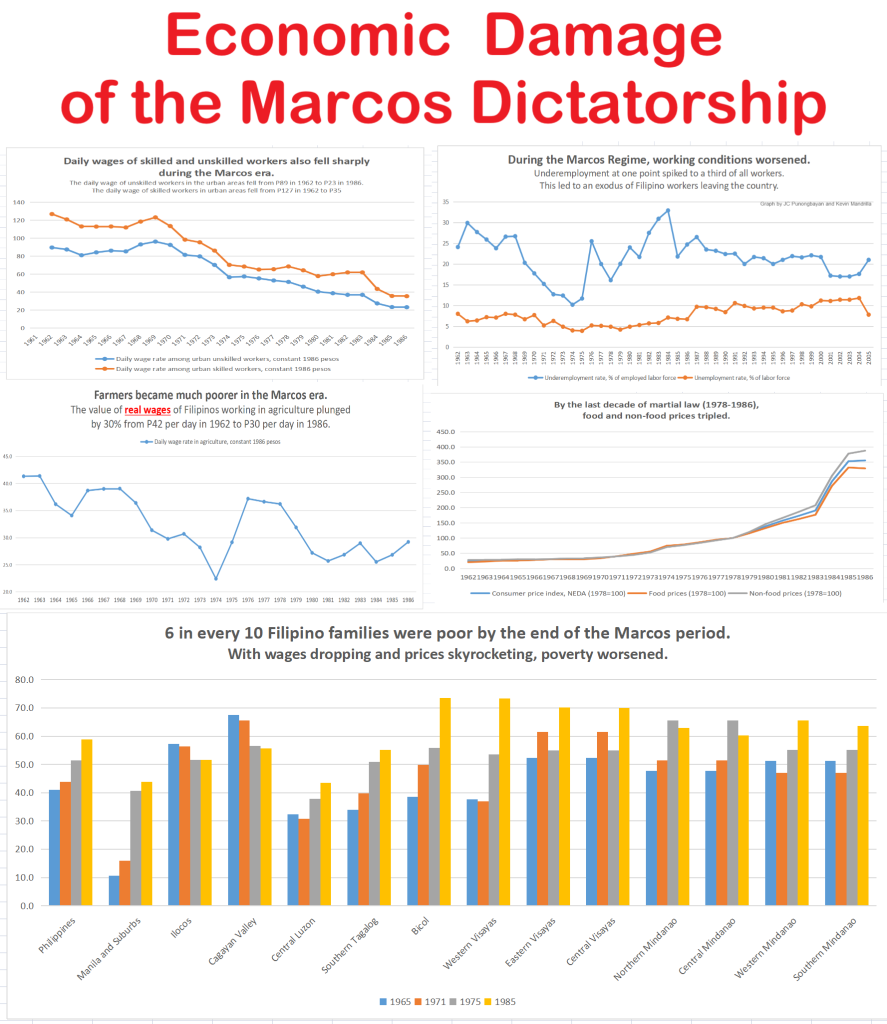
Upon being elected President of Philippines in September 1971 President Ferdinand Marcos used constitutionally legal powers and technicalities in his mandate to concentrate all state authority in himself and plunder the country financially. A People-Power Movement was required to finally extract Marcos from the presidency, requiring the USA to harbor him in Hawaii until his death September 28, 1989.
Perhaps the dictator should have been exiled to Alaska to see the difference. before he died
In 1972 Alaska was engrossed in preparing for the oil rush that would return our boom-and-bust economy to boom, with development of the Trans-Alaska Pipeline. But before we could build that pipeline we had to reach a settlement with Alaska Natives who had a land claim that went back to Alaska’s purchase from Russia in 1867 for $7.2 million. The Alaska Native Claims Settlement Act was signed in December of 1971.
This writer was attending Anchorage Community College then, which had just been relocated to a group of four buildings that would eventually become part of an extensive campus of the University of Alaska Anchorage. Previously this college had been a night school held at the original local high school but today it is a tremendous statewide money pit.
As they rubbed their palms together in anticipation of great wealth, very few Alaskans knew or cared what was going on in Philippines.

But in Southeast Asia Marcos orchestrated a Constitutional Convention in 1971–to review and propose amendments to the existing congress. On November 29, 1972 their proposed constitution was submitted by the President for ratification by the Filipino people.
And it passed.

[2]100 Years of the Alaska Legislature–1971
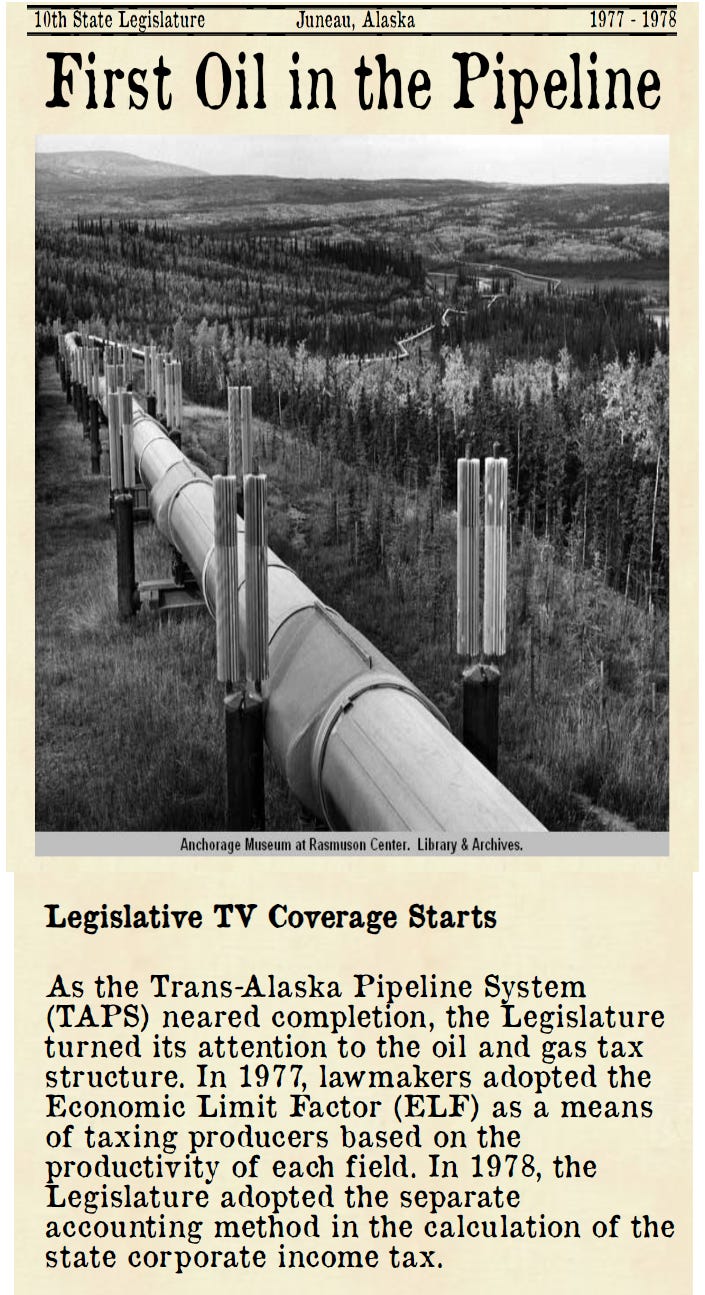
[3]100 Years of the Alaska Legislature–1978
Alaska was Devising ways to Distribute Resource Wealth to Alaskans while Pres Marcos was scheming to Exploit the Philippine People.
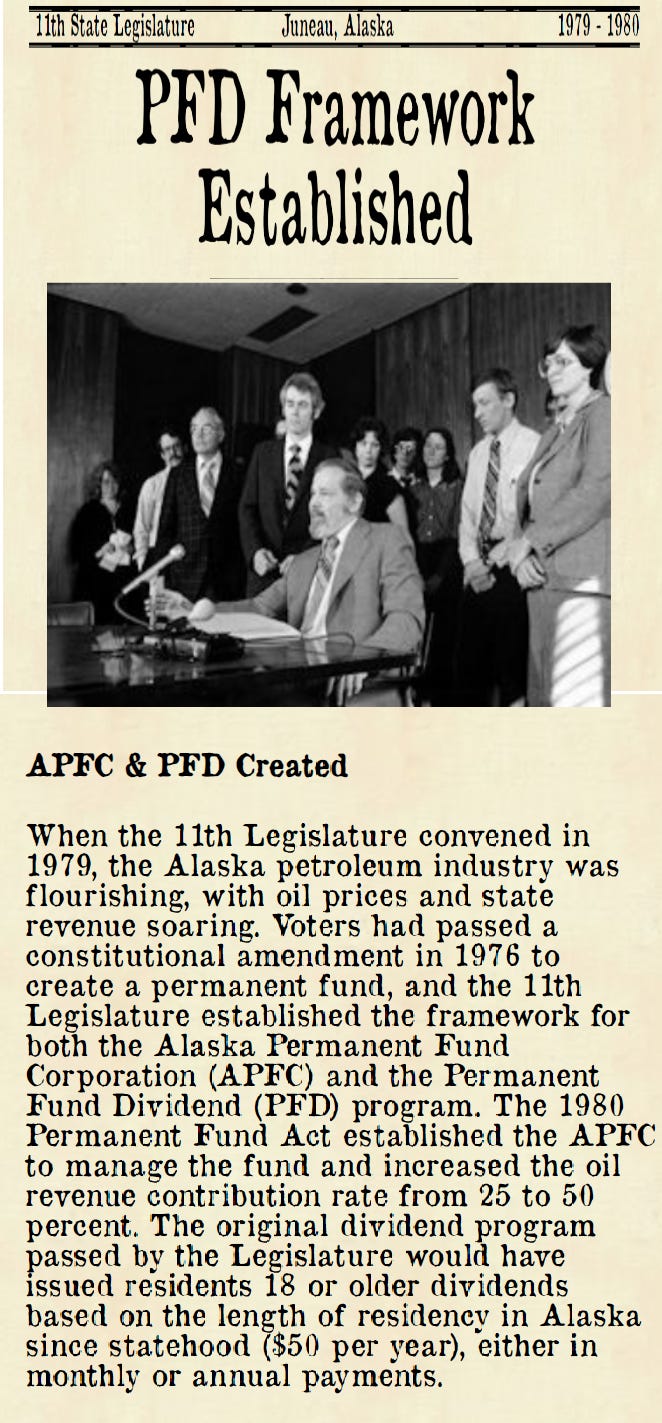
[4]100 Years of the Alaska Legislature–1980
In everything he did, Marcos took great pains to ensure that his actions would align with the dictates of the law. When necessary measures fell outside the scope of existing laws, he changed the laws to suit his needs before proceeding.
[5]Martial Law Museum
Pres. Marcos disrupted the essential democratic balance of power between executive, legislative and court system. While he already had control of the executive branch, as President, Marcos proceeded to take over all other functions that the government had mandate over. Marcos gave himself total control over the nation as Commander in Chief of the Military one year after he was initially elected. Ultimately honorable military leaders would take government back from Dictator Marcos.
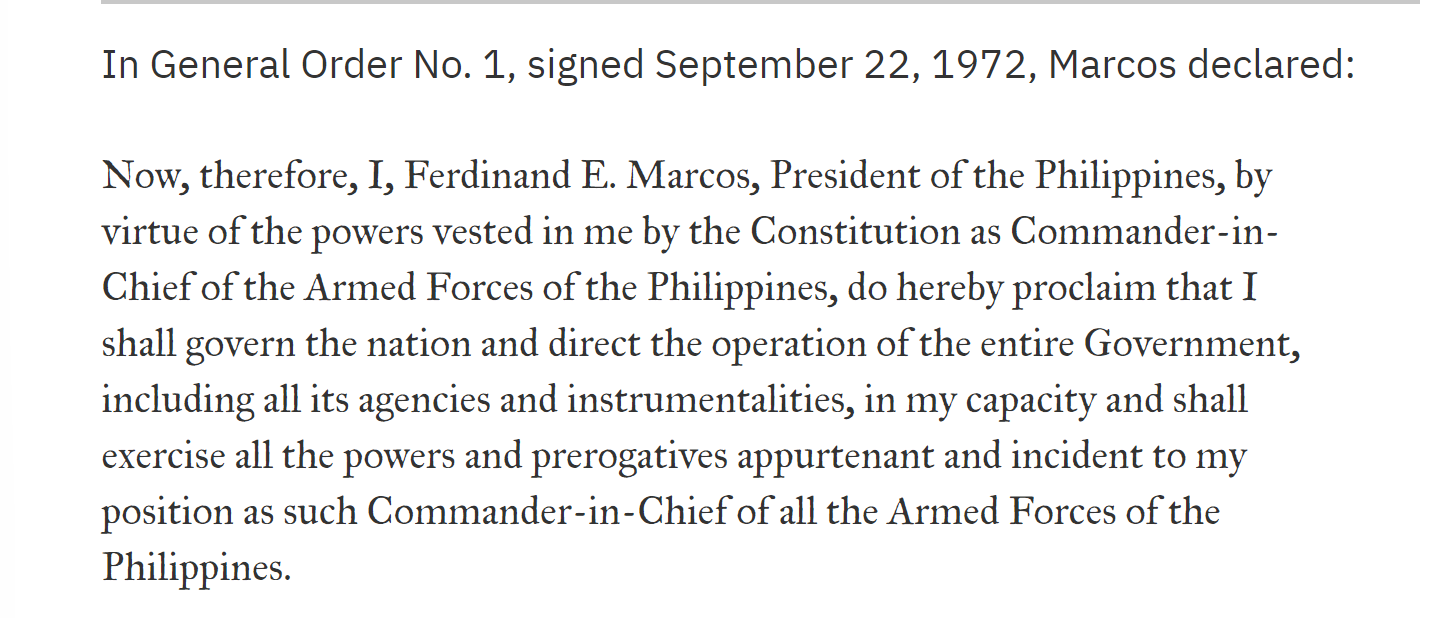
Total Power by Any Means Possible
By taking control over the entire government, Marcos put himself in a position of absolute power over the laws of the land, with no legitimate body in existence to hold him in check. He personally appointed every provincial governor, city mayor, and municipal mayor throughout the nation. Throughout his term, Pres. Marcos issued 1941 presidential decrees, 1331 letters of instruction, and 896 executive orders. His word was law.
[6] Ibid Martial Law of the Philippines
To maintain an iron fist control over the Philippines required indefinite extension of Marcos’ power despite the 1935 Constitution’s limitation of the Presidency to a total of two 4-year terms. Marcos promulgated a change of the Constitution, repealing Congress with a single-chamber National Assembly composed of popularly elected legislators, a symbolic head of state in the President, and a Prime Minister who would be head of government, elected by the assembly.
As one of the top exporters of bananas in the world, Marcos turned Philippines into a Banana Republic Government
[7]Banana Republic Definition
Marcos’ use of the military as his martial law implementer was characterized by rapid changes over the 14-year period between Marcos’ Declaration of Martial Law in September 1972 and his final ouster through the People Power Revolution of 1986.
By 1986 Alaska was facing a financial crisis from overspending and low price of oil. Alaskans were receiving annual dividends from the Permanent Fund with a formula set in statute by an average of five year revenues. This system worked for more than 40 years until 2016 when Gov. Bill Walker and the Alaska Legislature changed the formula without changing the law so more money could go to paying for government and special interests.

Had he lived and continued as Philippine Dictator until today, Marcos would be proud of these Alaska public officials who continue to pass record budgets and diminish the amount paid to Alaskan Residents for their direct use. Alaska’s Permanent Fund is a direct target of Alaska’s Public Sector Unions. Recently the son of Marcos, Ferdinand Marcos Jr. –who has been Philippine president one year—was able to convince the Philippine Congress to establish the Maharlika Investments Fund. This cannot be a Wealth Fund in an economically developing country. Rather, it is an economic vulnerability.
[8]Our Permanent Fund Inspiration for Others
Look at how much money has been distributed directly to Alaskans from oil resource development under a fair formula that provided for government requirements and built the Alaska Economy by giving an annual dividend to Alaskans—just as anyone who owns oil stock receives dividends:
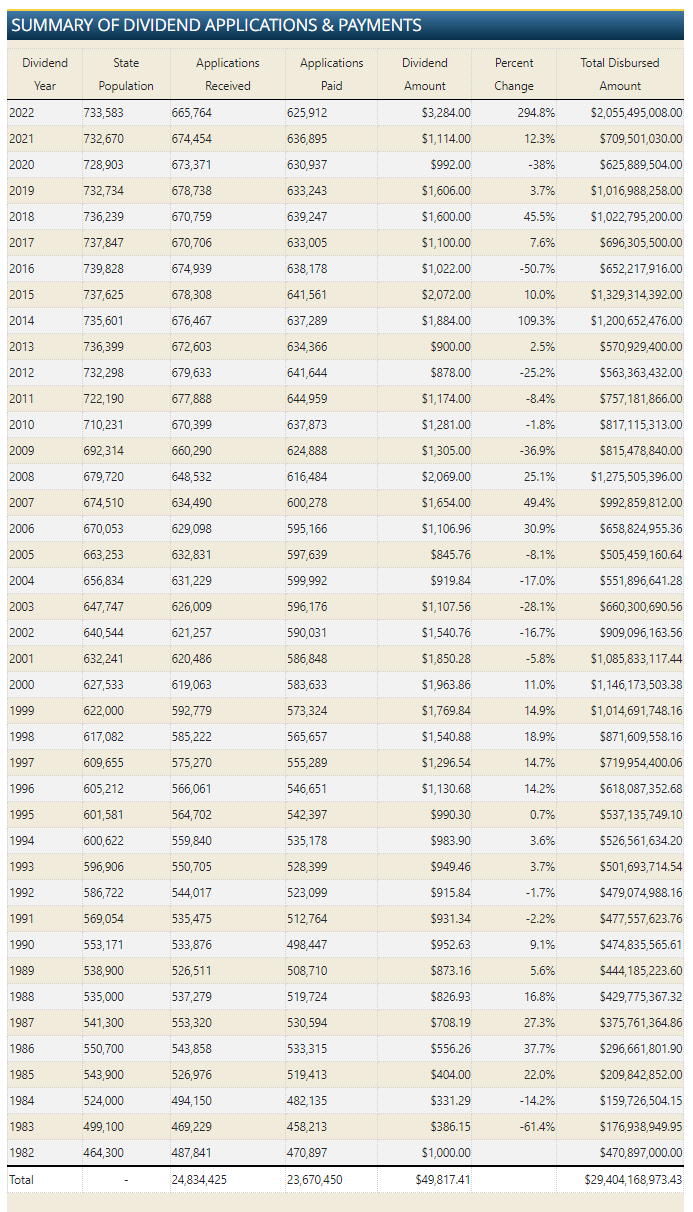
The Alaska government even bought the money-losing Alaska Railroad.
[9]Is this any way to run a railroad?

Beginning of the End for Marcos
Marcos downfall came from the military he had used to gain power. Military Officers were promoted and reshuffled; top commanders were kept on past their retirement ages, based on their expressed allegiances with the strongman dictator. This led to low morale among junior officers who were unable to get promotions in the Armed Forces of the Philippines (AFP), and eventually led to the creation of the Reform the Armed Forces Movement.
[10]Military history of the Philippines during the Marcos dictatorship.
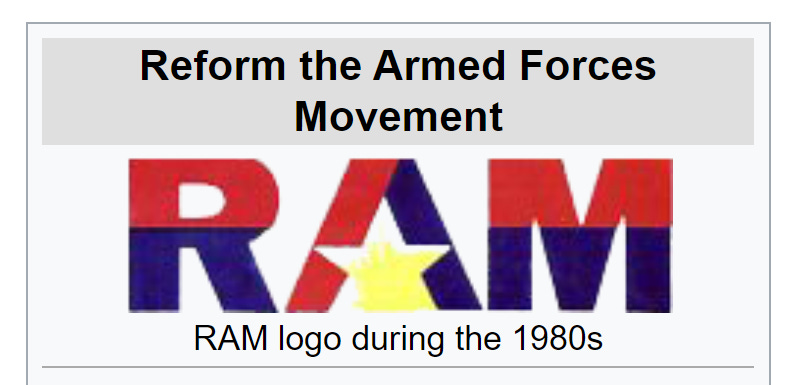
Military camps throughout the country became the site of various detention camps for political prisoners which included any individuals who spoke out against the Marcos regime, whether they were journalists, educators, religious workers, human rights advocates, academics, artists, or activists. Philippine Gulags.
From the referenced materials:
When revelations of cheating during 1986 Philippine presidential election came out in February, RAM forces under Defense Secretary Juan Ponce Enrile attempted to stage a Coup against Marcos, but their plot failed when it was discovered by Marcos. They sought help from Philippine Constabulary Chief Fidel V. Ramos who joined them, and when they were cornered in Camps Aguinaldo and Crame on Epifanio de los Santos Avenue (EDSA) Roman Catholic Cardinal Jaime Sin called on Private citizens–already planning protests connected to cheating during the elections–to help protect Enrile and Ramos’ forces by forming a human barricade on the stretch of EDSA between the two camps. Marcos issued Military orders to attack Enrile and Ramos’ forces while publicly pretending to issue contrary orders. But AFP forces rejected the order and began defecting to the Enrile and Ramos faction instead.
This was an important event in Philippine history which established that The People here will rise up if abused enough by their government.
People Power Returned Democratic Rule
Marcos primary opponent, Benigno “Ninoy” Aquino Jr., was very ill and permitted to avail of medical treatment in the U.S. through intervention by US President, Jimmy Carter. Aquino’s determination to come back in and unite the fractured opposition would prove to be the turning point in resisting the dictatorship. A former Philippine senator, Aquino was assassinated on Sunday, August 21, 1983, on the tarmac of Manila International Airport (now named Ninoy Aquino International Airport in his honor).
By late 1985, a sick and exhausted Marcos was challenged in US media about his legitimacy to govern the country. Ever the strongman, Marcos called for a snap election to be held in February of the following year to demonstrate that he still has the mandate of the Filipino people. A surprised opposition now faced the dilemma of whom to field as a candidate to run against Marcos. A successful signature campaign convinced Cory Aquino, Ninoy’s widow, to take up the challenge
EDSA 1986 was the apogee of the people’s struggle that started with the declaration of authoritarian rule in 1972. The nonviolent revolution led to the departure of Ferdinand Marcos, the end of his 20-year dictatorship, and the restoration of democracy in the Philippines.
Today an estimated 25% of Alaskans work for the government and the annual PFD is Mad Money for them. However, throughout rural Alaska the village economies are dependent upon funds paid to some 50 school districts, and whatever else the government can provide. PFD payments provide a pronounced improvement to basic quality of life for many Alaskans. Unfortunately, voters in many districts continue to elect legislators and governors who talk big in their districts during campaigns but return to the backwater capital of Juneau and do the bidding of special interests.
When the people who have come for their Alaska Adventure finally kill the Alaska Permanent Fund and go home, those left will likely say: Aw Shucks, my kids deserved more than crappy schools and government overreach with less economic opportunity for their future.
But don’t expect any courageous People Power movement to change that inevitability for Alaska.
References:
[1]Soviet GULAG System in Siberia
https://en.wikipedia.org/wiki/Gula
Siberia is across the Bering Strait from Alaska. The Gulag was the government agency in charge of the Soviet network of forced labor camps in Siberia which were set up by order of Vladimir Lenin, reaching its peak during Joseph Stalin’s rule from the 1930s to the early 1950s.
Petty crimes and jokes about the Soviet government and officials were punishable by imprisonment. About half of political prisoners in the Gulag camps were imprisoned “by administrative means”, i.e., without trial at courts; official data suggest that there were over 2.6 million sentences to imprisonment on cases investigated by the secret police throughout 1921–53. The GULAG was reduced in size following Stalin’s death in 1953, in a period known as the Khrushchev Thaw.
[2]100 Years of the Alaska Legislature–1971
https://akleg.gov/100years/legislature.php?id=7
[3]100 Years of the Alaska Legislature–1978
https://akleg.gov/100years/legislature.php?id=10
[4]100 Years of the Alaska Legislature–1980
https://akleg.gov/100years/legislature.php?id=11
[5]Martial Law Museum
[6] Ibid Martial Law of the Philippines
[7]Banana Republic Definition
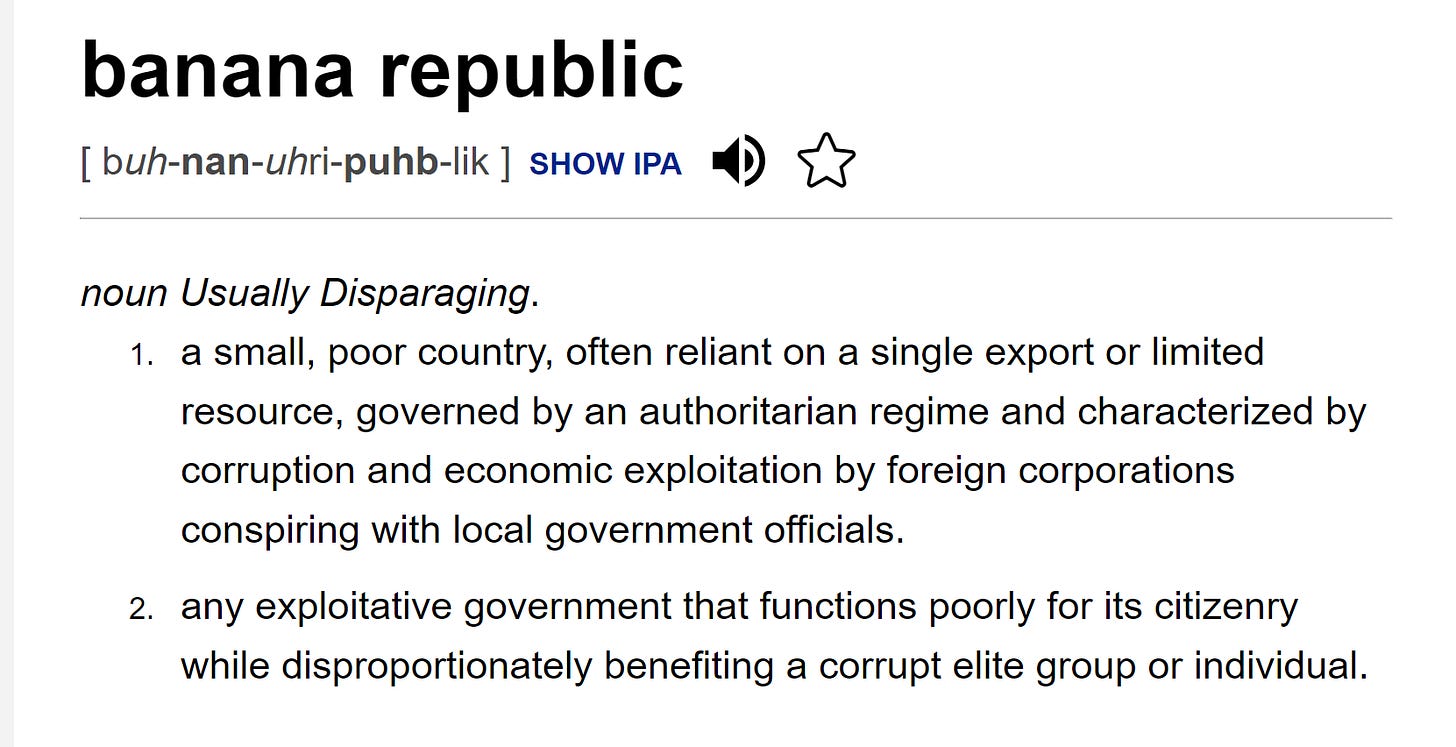
[8]Our Permanent Fund Inspiration for Others
https://donnliston907.substack.com/p/our-permanent-fund-inspiration-for
[9]Is this any way to run a railroad?
[10]Military history of the Philippines during the Marcos dictatorship
https://en.wikipedia.org/wiki/Military_history_of_the_Philippines_during_the_Marcos_dictatorship
